
by Gideon Marcus
The radio plays Classical music on the FM band now.
The difference is palpable. Bach and Mozart on the AM band were tinny and remote. It was almost as though the centuries separating me and the composers had been attenuating the signal. This new radio band (well, not so new, but newly utilized) allows transmissions as clear as any Hi-Fi record set could deliver.
Don't get me wrong; I still listen to the latest pop hits by The Shirelles and The Ventures, but I find myself increasingly tuned into the local classics station. The sound, and the selections, are just too good to ignore. The last movement of Robert Schumann's Symphony #1, with its stirring accelerando is playing right now, and it is a fitting accompaniment for the article I am currently composing.
Time was I would write an article on a space mission about once a month. This wouldn't be a wrap-up, but an article devoted to a single satellite. But the pace of space launches has increased – there were two successful orbital flights in 1957, nine in 1958, 13 in 1959, 20 in 1960, 38 in 1961. There were six flights just last week. Either I'm going to have to start abbreviating my coverage, or I'll need to start a satellite (no pun intended) column.
But that's a decision for next year. Right now, with a bit of musical texturing, let me tell you all about the exciting things that happened in spaceflight, April 1962:
Quartet in USAF Minor

Late last year, President Kennedy put a lid on all military space programs, classifying their details. This was a break from Ike's policy, which was to publicize them (more or less accurately). I think Eisenhower's idea was that any space shot was good for prestige. Also, if we were upfront about military flights, maybe the Soviets would follow suit.
The current President has decided that discretion is the better path. So even though I have it on good authority that four boosters took off from Vandenberg Air Force Base in California (it being rather hard to hide a blast of that magnitude, and the papers are still reporting on them as best they can), I couldn't tell you exactly what was at the tips of those rockets. It's a fair bet, however, that three of them were reconnaissance satellites, snapping photos of the USSR from orbit. The last was probably a nuclear missile launch detector called MIDAS. That's make it the 5th in the series.
Quartet in USSR Minor
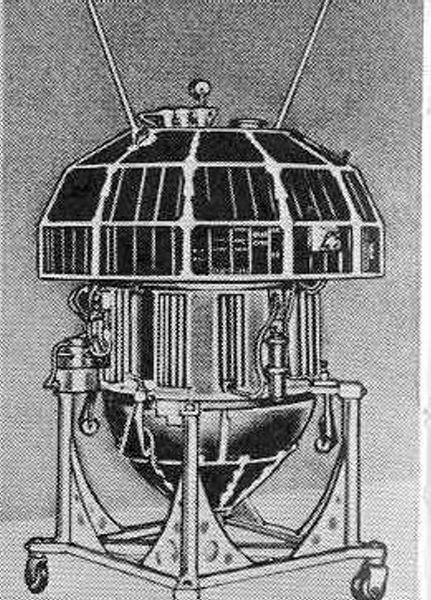
Meanwhile, the Russians, who had not reported any spaceflights since Comrade Titov's flight last summer, suddenly threw up four probes in about as many weeks. The missions of "Kosmos" 1-4 were "to study weather, communications, and radiation effects during long space flights in preparation for an eventual manned landing."
That sounds good, but while the first three satellites are still up in orbit returning scientific data, the fourth, launched four days ago, landed three days later – after passing over the United States several times. All we know about it was it was launched from "a secret base" and "valuable data [was] obtained." Given that Kosmos 4's mission plan bore a striking resemblance to that of our Discoverer capsule-return spy sats, I suspect the first three Kosmos shots were a flimsy camouflage. What's interesting here is that the Communists feel it necessary to construct a cover-up. But the fact is, they just can't hide when they launch things into space, any more than we can.
Solo for English Horn
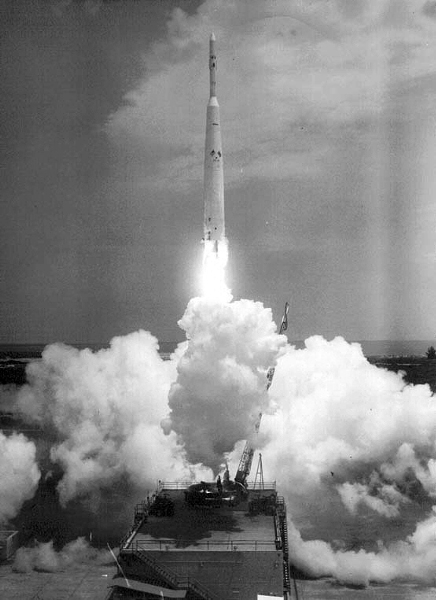
The first UK satellite, Ariel 1, was successfully launched on April 26, 1962 atop an American Thor Delta booster. The little probe will investigate the Earth's ionosphere. You can read all about this mission in Ashley Pollard's recent article.
Mooncrash Sonata
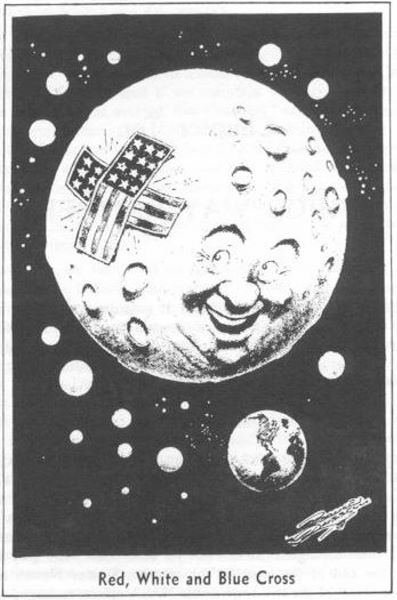
It's two steps forward, one step back for NASA's ill-starred ("mooned?") Ranger program. Thrice, the lunar probe failed to fly due to a balky Atlas Agena booster. This time, Ranger 4, launched April 24, 1962, was hurled on a perfect course for the Earth's celestial companion. The trajectory was so perfect that the craft didn't even require a mid-course correction.
Of course, it wouldn't have mattered if it had. Upon leaving the Earth, it quickly became apparent that Ranger 4 was brain-dead. It issued no telemetry, nor did it respond to commands. NASA dispiritedly tracked the probe's 64-hour trip to the moon, which ended in its impact on the far side.
Heart-breaking, but it is a sort of semi-victory: At least the rocket works now, and the United States as finally caught up with the Soviets in another aspect of the Space Race (just two-and-a-half years late…)
Saturn (fortissimo)
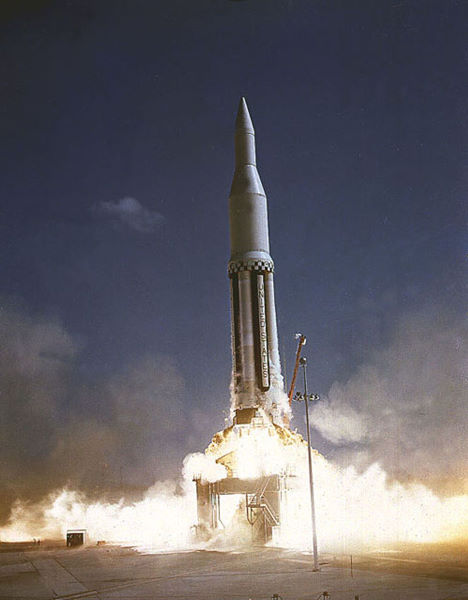
Speaking of successful rockets, the tremendous Saturn I had another successful test on April 25, 1962. Like the first, the upper two stages were inert, filled with water for ballast. This flight has a twist, however. After the first stage had exhausted its fuel, the dummy stages were detonated and the ensuing watery explosion observed. This "Operation Highwater" was designed to demonstrate how far the debris of a booster blast would travel. I imagine it was also a lot of fun.
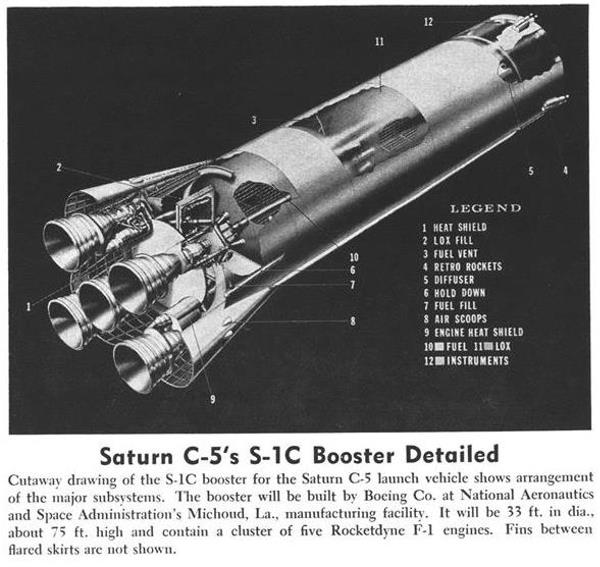
I have to wonder about the future of the Saturn I. It has already been determined that the Apollo moon craft will be launched by the much more powerful and generally unrelated Saturn C-5 and Nova boosters. It seems that the Saturn I is something of a technological dead end, though I'm sure they are at least perfecting their heavy booster launch techniques.
Prelude, Symphony #2

The National Aeronautics and Space Administration is planning another Mercury one-person shot for next month. It will be an exact duplicate of John Glenn's February flight, down to the three-orbit duration. To be piloted by Navy aviator Scott Carpenter (the hunkiest of the Mercury 7), the main purpose of the mission is to make sure that the errors that plagued Glenn during his flight are fixed before the little spacecraft takes on longer journeys. And, of course, then we will have caught up with the Russians in another way – we'll have had two men orbit the planet.
No doubt, Carpenter's flight will be the spaceflight highlight of next month; I have not seen any other missions announced. Then again, the Reds might have a surprise that'll have us singing a different tune…
